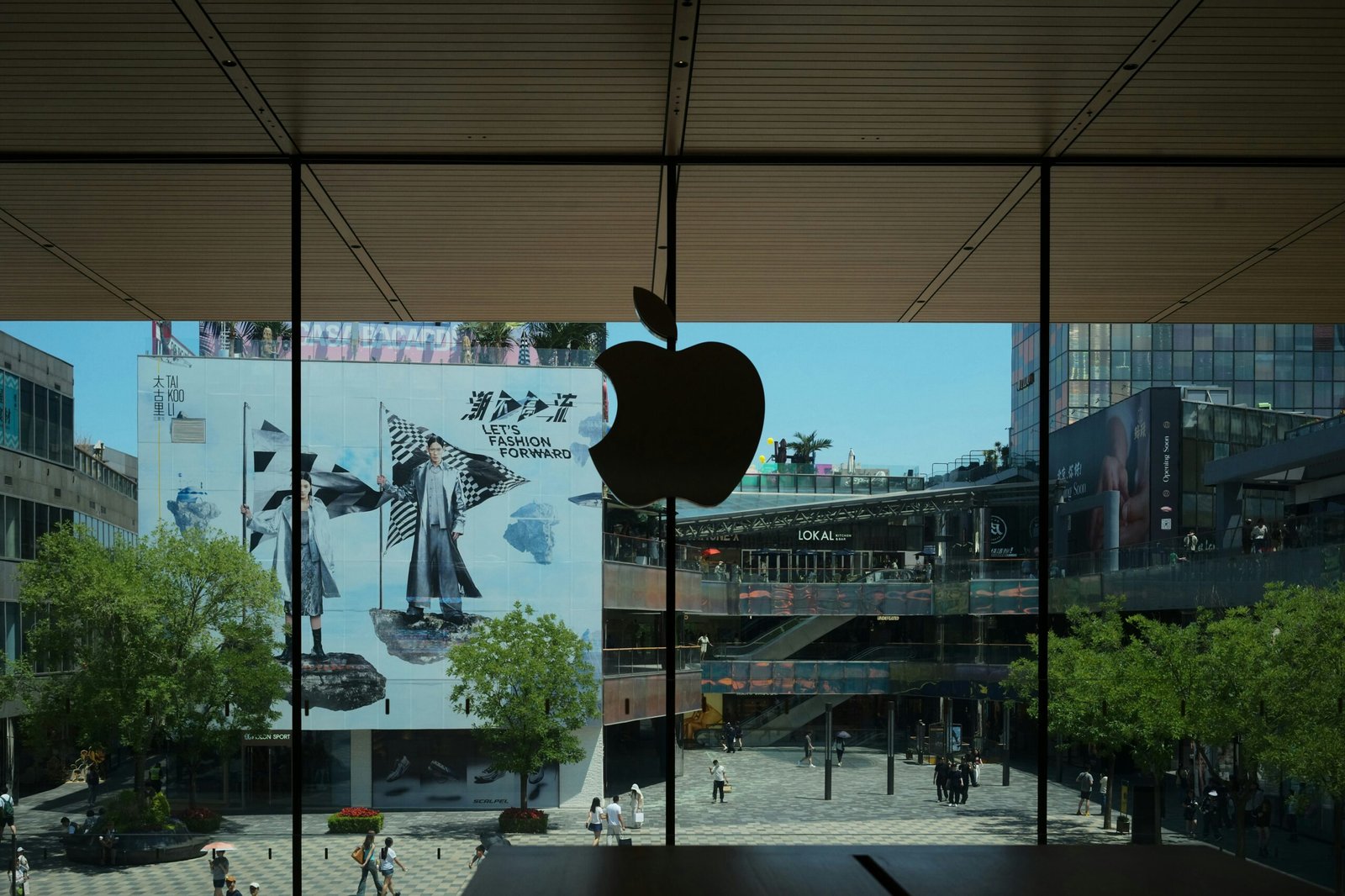How Apple and Meta Are Fighting for the Future of Mixed Reality
From the living room to the boardroom, Apple and Meta are in a billion-dollar battle to control the gateway to our digital future.
🎬 Introduction: The MR War Has Officially Begun
In 2025, the world of mixed reality (MR)—a blend of physical and digital worlds—is no longer just a playground for gamers and sci-fi fans. It’s becoming the next major computing platform, and two tech giants are leading the charge: Apple and Meta.
With Apple’s sleek, high-end Vision Pro and Meta’s accessible, fast-evolving Quest 3+, both companies have planted their flags in the spatial computing frontier.
But their visions are radically different—and the stakes couldn’t be higher.
🥇 Round 1: The Devices
🔵 Apple Vision Pro
- Price: ~$3,499+
- Target: Professionals, creatives, developers
- Experience: Ultra-premium with micro-OLED, spatial video, eye tracking
- Input: Eyes + hands + voice
- Battery: 2–3 hours via tethered pack
- Ecosystem: Tightly woven into macOS, iOS, and iCloud
🟣 Meta Quest 3+
- Price: ~$500–$700
- Target: Gamers, general consumers, social explorers
- Experience: Lightweight, mixed reality passthrough, hand/gesture tracking
- Input: Hand + controllers + experimental eye tracking
- Battery: Standalone ~3 hours
- Ecosystem: Meta’s Horizon OS + Android roots
🆚
Apple is building a MacBook for your face.
Meta is building the smartphone for your body.
🌐 The Vision: Computing Redefined
🍏 Apple’s Goal: Productivity + Premium Spatial Computing
Apple envisions the Vision Pro as the future of how professionals:
- Edit videos in 3D space
- Conduct immersive FaceTime meetings
- Browse Safari with eye gestures
- Watch spatial movies in personal theaters
- Work across multiple floating Mac displays
👓 Meta’s Goal: Social + Affordable XR for Everyone
Meta’s vision is democratized and social:
- Horizon Workrooms for VR collaboration
- Spatial selfies and avatars in Horizon Worlds
- Mixed-reality gaming with passthrough AR
- Fitness apps like Supernatural & mixed reality boxing
- Meta AI integration + always-on contextual presence
🧠 Strategy Breakdown: Two Paths to MR Domination
| Area | Apple | Meta |
|---|---|---|
| Target Audience | Professionals, developers, Apple loyalists | Gamers, creators, casual consumers |
| Hardware Model | High-margin luxury | Affordable mass-market |
| App Store Policy | Curated, Apple-controlled | Open(ish), supports sideloading |
| Developer Tools | RealityKit, ARKit, Unity support | Unity-first, WebXR, low-code tools |
| Business Model | Sell premium devices and services | Monetize user time + ads + app sales |
💡 Content & Apps: Who Owns the Virtual Experience?
Apple:
- Emphasizes productivity tools, spatial photography, and media apps
- Tight app store control may slow early content growth
- Partnered with Disney, Adobe, Microsoft for MR-native apps
Meta:
- Massive lead in VR gaming and social experiences
- Horizon Worlds + third-party games like Beat Saber, Asgard’s Wrath
- Investing in user-generated content + volumetric video
📊 Content is king—and Meta currently rules the gaming/social space. But Apple is betting on work, movies, and collaboration.
👥 Avatars, Identity & Presence
Meta:
- Focused on full-body avatars, customizable digital identities
- Social-first: hangouts, meetings, shared environments
Apple:
- Uses realistic persona avatars for FaceTime (photo-real facial capture)
- Prioritizes comfort, privacy, and realism over gamification
🔮 Where It’s Heading: The MR Arms Race
✅ Meta’s Strengths:
- First-mover advantage in social VR
- Affordable, lighter hardware
- Developer momentum in Unity and XR gaming
- Broad appeal
✅ Apple’s Strengths:
- Hardware polish and premium design
- Seamless ecosystem integration (Mac + iPhone + iCloud)
- Loyal customer base
- Focus on precision, realism, and high-end apps
🧱 The Real Challenge: Infrastructure
For either company to win, MR needs:
- Faster chips and GPUs (Apple: M4 Ultra, Meta: Snapdragon XR2 Gen 3)
- Lightweight, all-day wearables (AR glasses, not headsets)
- Better battery life and thermal management
- Content ecosystems that rival today’s app stores
- OS-level interoperability (Apple’s visionOS vs Meta’s Horizon OS)








